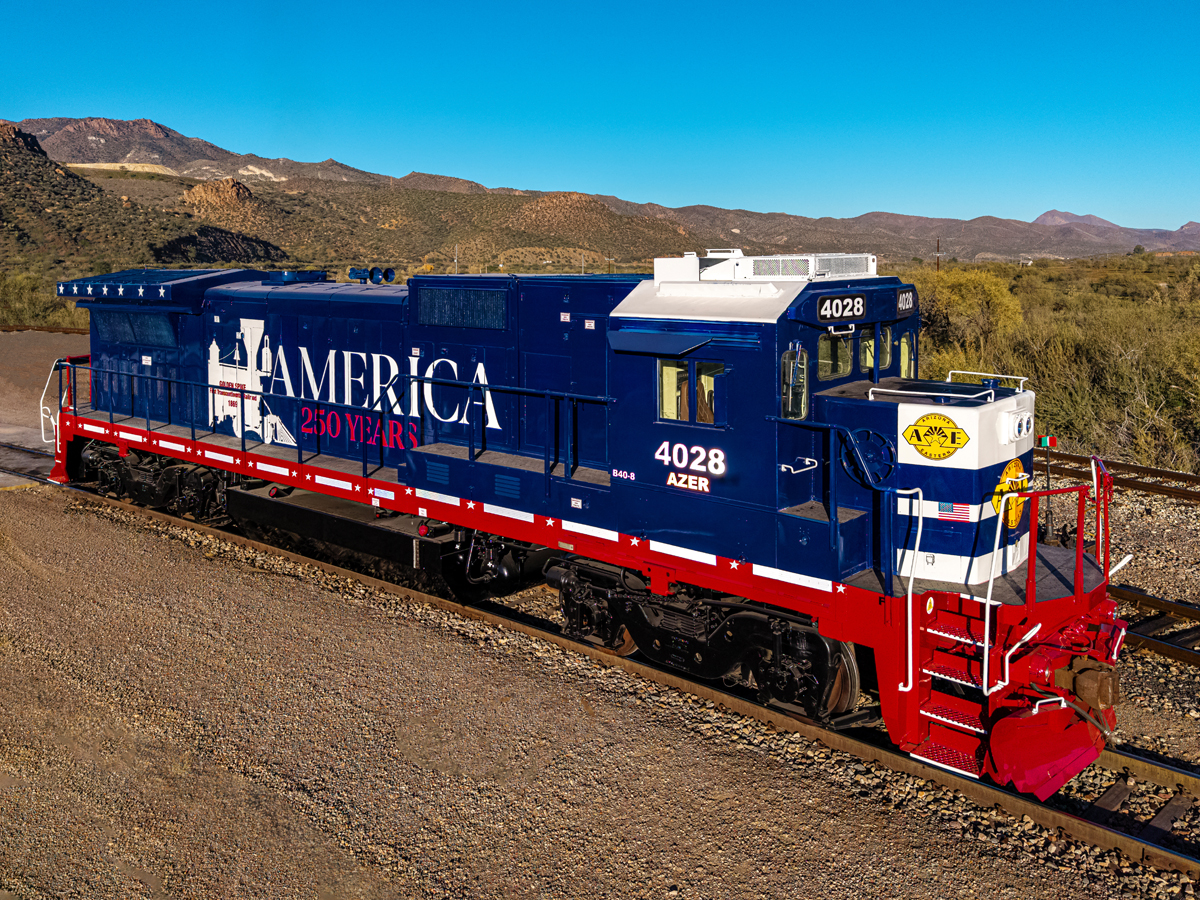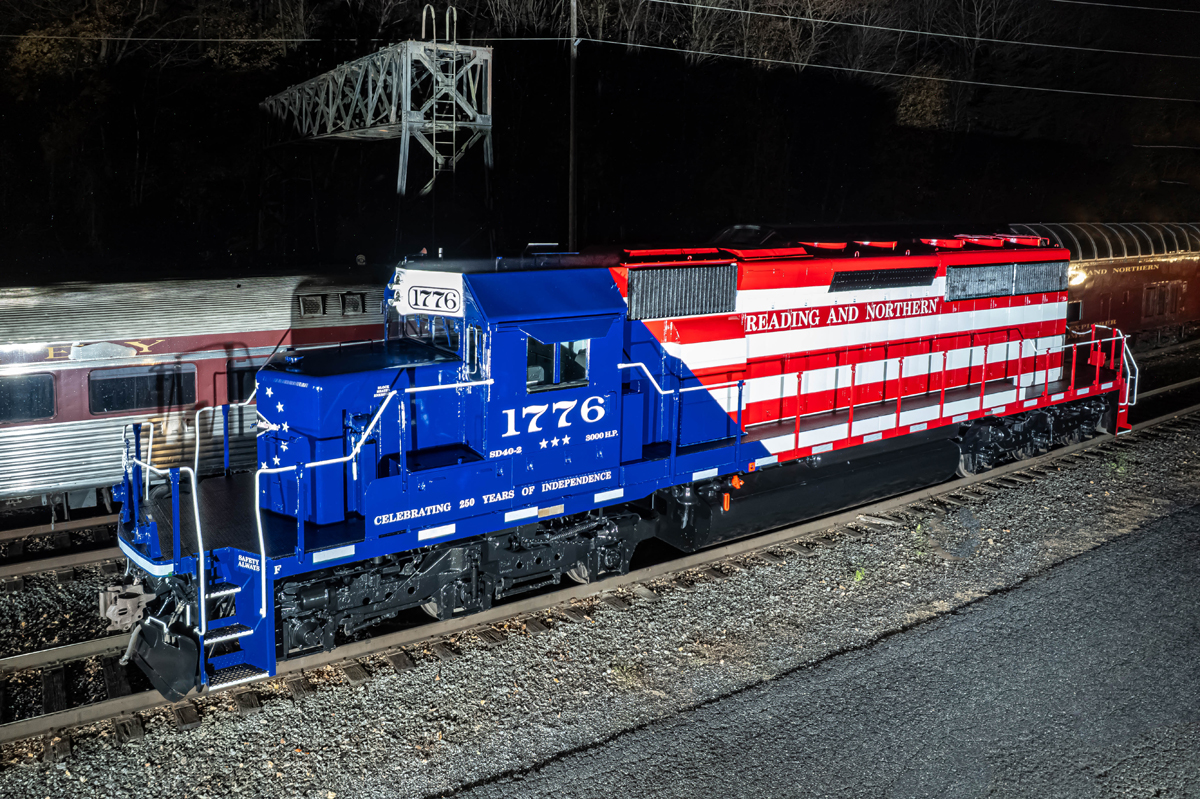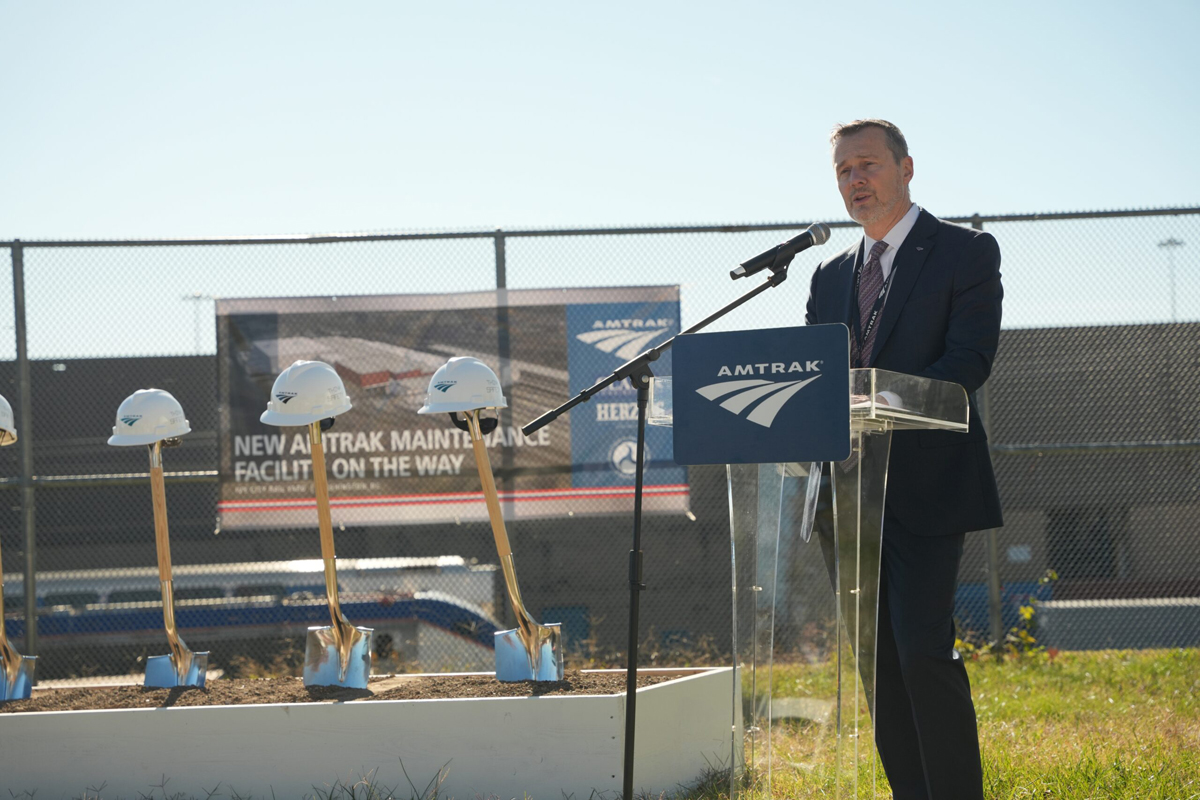More Thursday rail news in brief:
— Canadian Pacific will expand use of Automated Train Brake Effectiveness testing in the wake of call from the Transportation Safety Board of Canada for better brake tests, a call stemming from the fatal 2019 derailment of a CP train near Field, B.C. The Calgary Herald reports that the TSB released details of a study involving CP, Transport Canada, and the National Research Council that found the ATBE process was 139 times more likely to detect faulty brakes than the current No. 1 test. That test was used before the brake failure that led to the February 2019 derailment of a train heading through the Spiral Tunnels on Kicking Horse Pace, killing three crew members. [See “Three dead in CP derailment in British Columbia,” Trains News Wire, Feb. 4, 2019.] CP spokeswoman Salem Woodrow told the newspaper that CP anticipates “it will be ready to file its submission for the adoption of the ABTE technology for its grain fleet later this year.” Automatic Train Brake Effectiveness uses wayside detectors to assess the operation of brakes on each car.
— Bombardier does not expect the COVID-19 pandemic to delay sale of its rail division to Alstom, Reuters reports. Bombardier’s comment on Wednesday came a day after Alstom said it would honor its agreement to buy the Canadian manufacturer for the previously agreed price of 6.3 million Euros ($6.7 million), despite the financial impact of the health crisis. The deal, announced in February [see “Alstom reaches agreement to buy Bombardier,” Trains News Wire, Feb. 17, 2020], is expected to close in the first half of 2021.
— New Orleans’ Regional Transit Authority will begin increasing service on Sunday as the city eases coronavirus restrictions on businesses. WDSU-TV reports that as of 3 a.m. Sunday, the system will reinstate service on bus and streetcar routes that had been suspended, and start operating on the Saturday schedule seven days a week. Fare collection, which had been suspended, will also resume at that time.















I don’t understand why the crew didn’t bail before speed was so high. A freaky ride to doom, wow!
W Cook, please try re-entering your comment where you refer to me. I bet it’s interesting but the Trains comment entry software is broken and won’t accept blank lines as paragraph breaks at the moment.
It sounds like the train rolled away unexpectedly. Here is one of the safety boards release.https://www.google.com/url?sa=t&source=web&rct=j&url=https://www.tsb.gc.ca/eng/enquetes-investigations/rail/2019/r19c0015/r19c0015.html&ved=2ahUKEwiYtIqttbbpAhULUa0KHfT_BvQQFjAAegQIAhAB&usg=AOvVaw040v-uqTKcSJ7UVzpPctiA
Paul Bouzide,
How about just installing ECP on unit trains to begin with..
Hey CP. Having your mgrs. coerce a crew into leaving a train in penalty brake application was never a genius idea to begin with..
Considering the conditions of the brake lines as described in the previous comments, how would ATBE system have helped? It’s a wayside system. As I understand it once the ill-fated train started to move there was nothing that could have stopped it.
I also agree, if the train was going to be left for that long a time the hand brakes should have been applied and the outbound crew should have made sure that they had proper air pressure before they departed.
W Cook good comment. I’m not sure whether a (presumably slow) reverse move could be lined or sustained sufficiently long to recharge the reservoirs and the train line, particularly in that cold. But yes releasing the train with no air brakes and the brake control still in emergency was unacceptably negligent, and arguably criminal. It’s also unfortunate and negligent that the receiving crew was so poorly trained that they accepted a train and began to move it in that condition.
Wrong Robert Ray and wrong Anna Harling. The inbound engineer as soon as he had the train stopped he should have put all the units in reverse, including the mid and rear DPU and recharge his train line. When the lead engineer control value is in Emergency Position, it makes the train line at zero pressure and nothing is recharging the emergency portion of the reservoirs on the all the cars in the train. Hand brakes could have been used on 10% of the train length. There is no need for new rules, just need for crew knowledge of how air brakes work. The dynamics brakes cannot stop a runaway train. The train sat for over 2 hours at -20 below F and in that time the air pressure in the car piston leaked out and the brakes released and the pressure in reservoirs on the train is drained to near zero, the same as the train line. The pumps on the locomotives were not charging the train line account the handle of the brake valve was found in the Emergency Position, and that dead crew radioed that information to the dispatcher. The 3 crew men were killed by the inbound engineer action. When will he be charged?